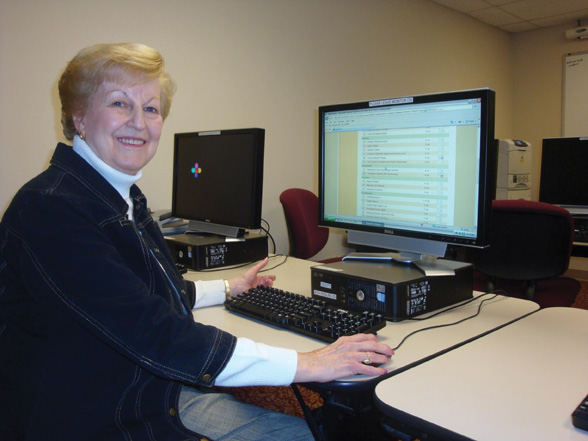Involving Residents: A Tasty Proposition
As more and more baby boomers enter senior care settings, there are opportunities to involve patients in maximizing their own outcomes and ensuring quality care. At Ann’s Choice, an Erickson Senior Living community in Warminster, Pa., independent living residents are encouraged to take charge of their diets through the “My Nutrition” program.

A Web-based application where residents can go online and get nutritional information about daily menus, My Nutrition enables them to manage special dietary needs such as reduced sodium or fat. They can view menu items individually in terms of calories, fat, sodium, protein, carbohydrates, and other content. They also can select an entire meal—from soup to dessert—and get the total calories and other values. My Nutrition is part of a comprehensive wellness program employed through the facility’s wellness and medical center.
Residents Take Control
“Many residents use this faithfully to manage their nutritional intake,” says Chris Babst, director of dining services at Ann’s Choice. “They tell us that they’ve lost weight, have more energy, and generally feel better.” The residents also enjoy the opportunity to control this aspect of their lives and take responsibility for their health.
The program was piloted about two years ago with a handful of residents, all of whom liked the idea. Most of the initial changes were cosmetic—such as adjusting font sizes and changing colors on the website. How popular is the program now? According to Babst, typical weekly usage is about 300 visits and 1,800 pages viewed. A recent usage report showing 11 percent new visitors in one week reflects that “the program is growing in popularity,” says Babst.

One reason for this increasing popularity might be that the program takes little time to use. “The average time on the site is four minutes and 55 seconds,” says Babst. “A lot of residents will visit the site once, select menus for the whole week, and print them out.”
This kind of program is perfect for an aging population that is more educated and involved.
“This responds to residents’ need and desire either to eat healthier or at least know what they are eating. People are more interested in managing their diets, and more seniors—especially the baby boomers—are more computer savvy,” Babst says. “Increasingly, residents will come to expect these types of programs.”